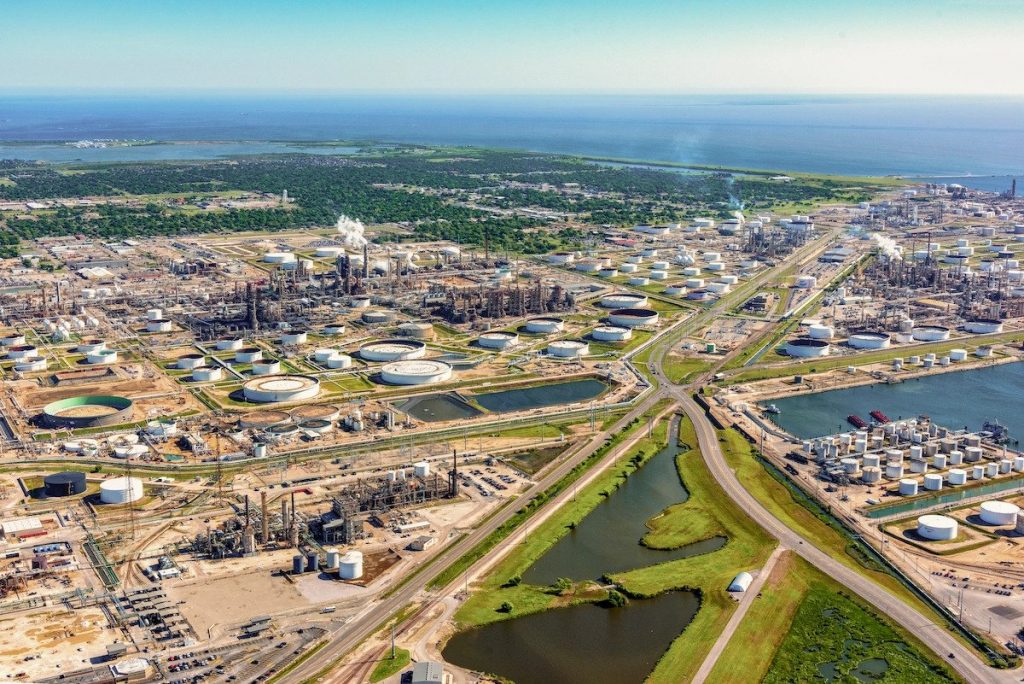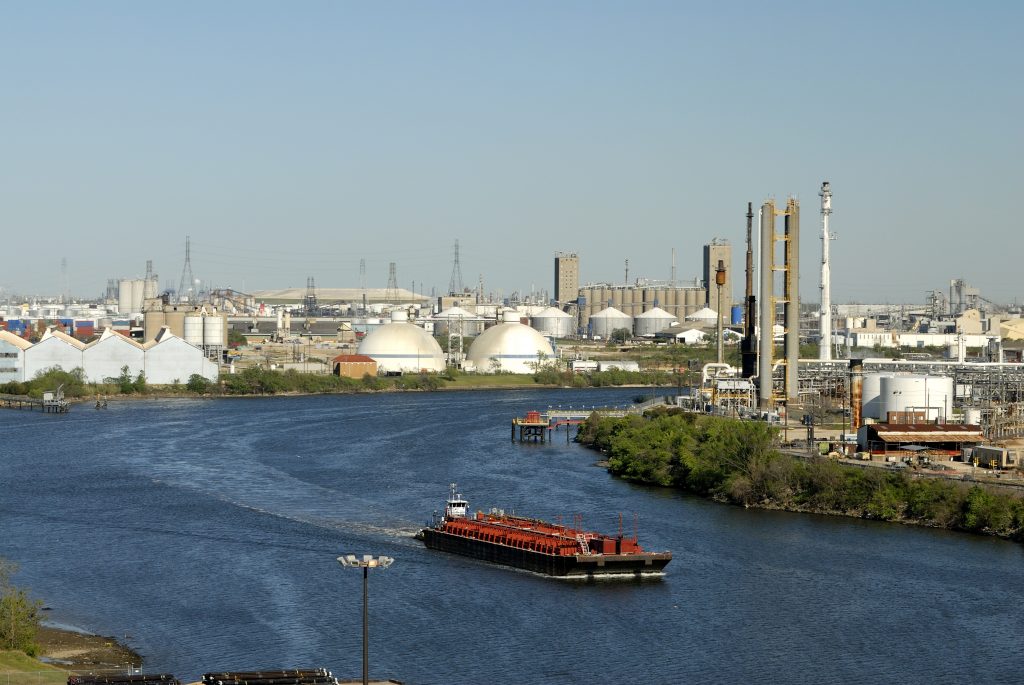The world has been galvanized to take global collaborative efforts to tackle climate change, with many utilising a combination of cleaner energy and technology to produce lower carbon power while reducing emissions.
Charting a pathway to a lower-carbon future as envisioned in the Paris Agreement requires bold thinking and large-scale solutions where governments, academia and businesses work together. ExxonMobil, a supporter of the Paris Agreement since its inception, recently offered an approach focused on reducing CO2 emissions at unparalleled levels of scale and impact from one of the busiest industrial corridors in the US.
A massive proposal for reducing carbon emissions
For the past three years, ExxonMobil has been assessing the potential of carbon capture and storage (CCS) deployment in major industrial “hubs” located near safe geological formations that can store CO2.
CCS could enable the world to safely capture and store hundreds and millions of tonnes of CO2 that would otherwise escape into the atmosphere.
It is one of the few tried and tested technologies that has the potential to significantly lower emissions from hard-to-decarbonise sectors, such as manufacturing, power, and heavy industries.
One region that has emerged as a frontrunner is Houston in Texas.
Recently, ExxonMobil’s Low Carbon Solutions business has introduced the concept of a Houston Ship Channel CCS Innovation Zone, an initiative that could bring together governments, private sector and others to advance the policies and investments required for large-scale CCS deployment.
Fully developed, this concept has the potential to capture about 100 million metric tons of CO2 emissions annually by 2040, effectively offsetting one of the country’s largest sources of industrial CO2 emissions. It could also protect and create thousands of jobs, while drastically accelerating U.S. emission-reduction efforts and providing substantial progress toward the country’s lower-carbon aspirations.

Specifically, the collaborative effort would transport CO2 captured at industrial sites for safe and permanent storage in dedicated sub-surface geologic formations deep under the Gulf of Mexico. According to U.S. Department of Energy estimates, the U.S. Gulf Coast has a projected capacity large enough to safely and permanently store about 500 billion metric tons of CO2 offshore.
In Asia Pacific, the majority of CO2 emissions come from the power generation, manufacturing, and construction sectors, and as such, work done in Houston could provide a roadmap to launch similar CCS initiatives in the region.
Why CCS?: While technologies like wind and solar will continue to play important roles in reducing emissions, CCS also offers a significant impact, particularly in the power generation and manufacturing sectors, the main sources of carbon emissions for Asia Pacific. In 2020, the International Energy Agency said “reaching net-zero [emissions] will be virtually impossible” without this technology.


ExxonMobil’s CCS portfolio also encompasses ongoing research work streams, including collaborations with five energy centers at leading research universities.
In Asia Pacific, ExxonMobil’s work with the Singapore Energy Centre (SgEC), is helping to discover and build solutions that address challenges in energy, climate change and sustainable development through its research. One of the key research areas includes technologies that enable regional CO2 capture and sequestration options. The SgEC was one of the first ExxonMobil-supported energy centers outside of the US and was jointly founded by Nanyang Technological University and the National University of Singapore.
Overall, ExxonMobil has more than 30 years of experience capturing carbon and has an equity share in one-fifth of global CO2 capture capacity.
Why this matters: The goals of the Paris Agreement cannot be achieved without reducing emissions across the power generation, industrial and commercial transportation sectors. Power generation and heavy industry account for nearly 70 percent of all global energy-related emissions, and CCS is one of the few proven technologies that could lower emissions in these sectors. The prospect of bringing together public and private entities to collectively utilise CCS technology to significantly reduce the industrial offers tremendous promise and opportunity.
The role of policy: New policies are also needed to spur the investment required to deploy CCS on a pace and scale to meet Paris Agreement goals. Governments should establish durable regulatory and legal environments and implement policies to enable CCS to receive direct investment and incentives similar to those available to other efforts to reduce emissions. Establishing market prices on carbon will play an important part by providing the needed clarity and stability required to drive investment.

The Houston Ship Channel CCS Innovation Zone concept would be an ambitious undertaking. Its success could provide a potential blueprint to help decarbonise other high-emission areas in the United States and could become a significant component of the country’s overall contribution toward the goal of a lower-carbon energy future.



